Mollusk << MOL uhsk >> is any of a large group of soft-bodied animals that have no bones. Snails, slugs, clams, mussels, oysters, squids, octopuses, and scallops are mollusks. Most mollusks have a hard outer shell that protects their soft body. The shell is made of calcium carbonate, a chalky material. Some mollusks, such as cuttlefish and squids, possess no outer shell. A special inner shell supports their bodies. This shell is called a cuttlebone in cuttlefish, and a pen in squids. Other mollusks, including octopuses and certain slugs, have no shell at all. For more information on mollusk shells and how they are formed, see Shell.
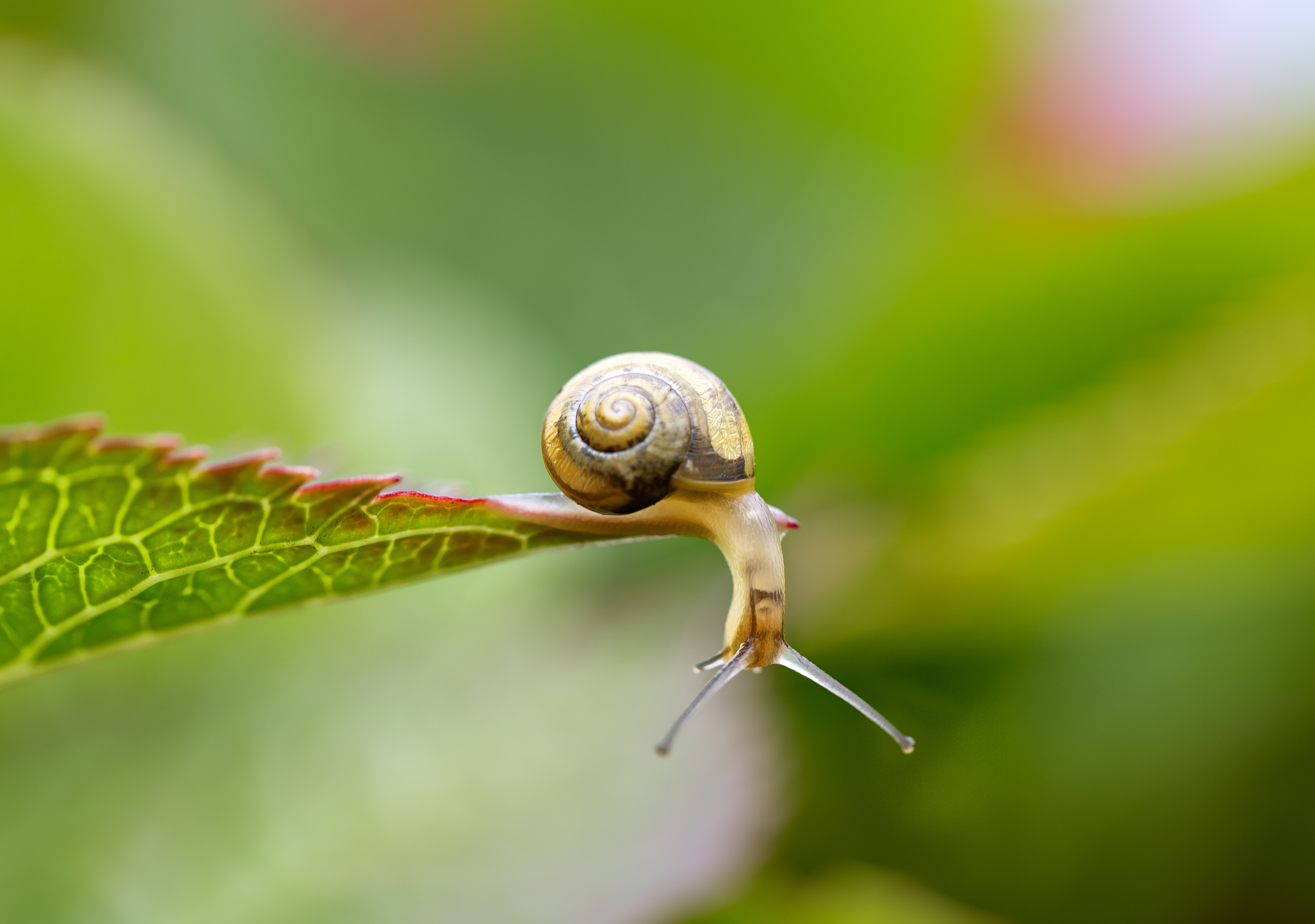
All mollusks have a skinlike organ called the mantle. Sometimes the mantle has sensitive projections called tentacles that help the animal sense its surroundings. In mollusks with an outer shell, the mantle lies between it and the soft body. In mollusks with no outside shell, the mantle forms a tough cover around the internal organs. Most land mollusks also use the mantle to breathe, but aquatic mollusks generally have gills for this purpose.
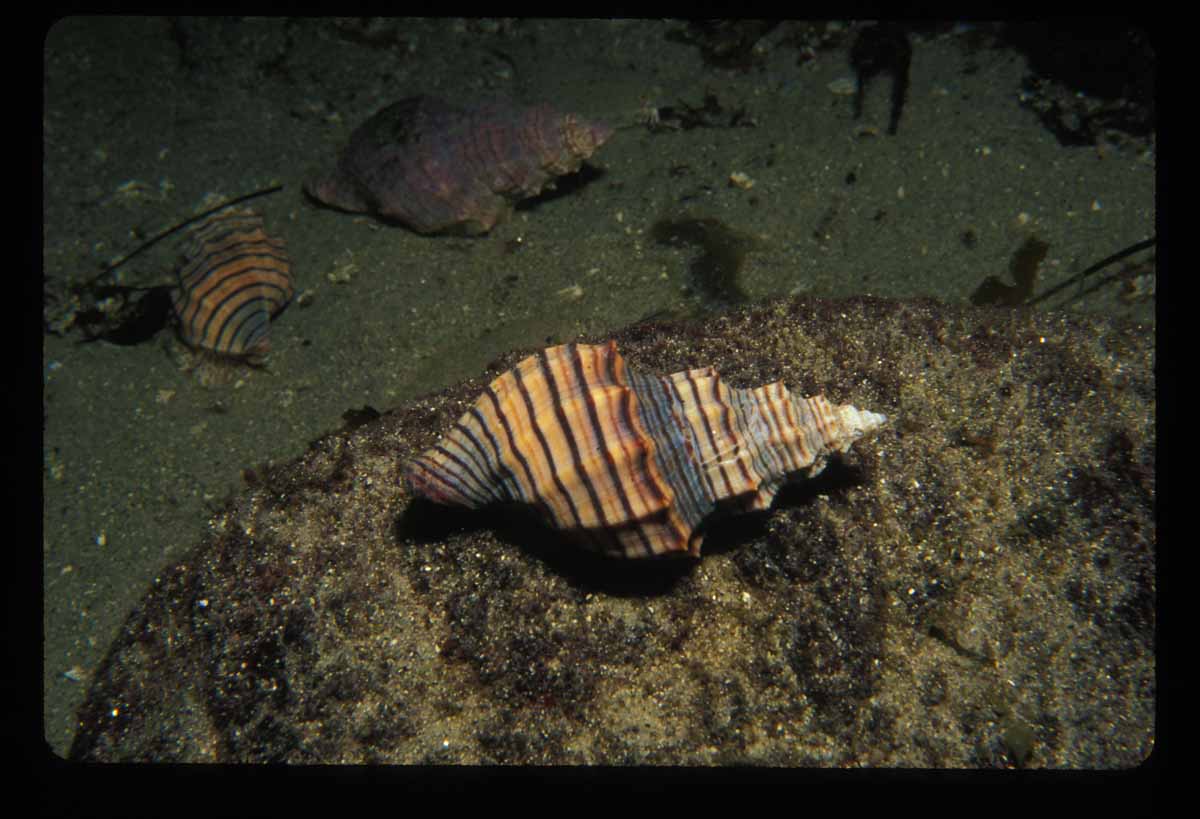
Mollusks live in most parts of the world. Some live in bodies of water, such as oceans, rivers, and lakes. Others live on wooded mountain slopes. Still others live in hot, dry deserts. Wherever mollusks live, they must keep their bodies moist to stay alive. Most land mollusks live in damp places, such as under leaves or rocks, or in soil.
The importance of mollusks
Many kinds of mollusks, including clams, oysters, scallops, and squid, are used as food. Mollusks are made into many products, including buttons and calcium pills. Overharvesting and pollution have endangered some kinds of mollusks, such as freshwater mussels.
Some mollusks are harmful or bothersome to people. Certain tropical snails carry flukes, worms that cause the deadly sickness schistosomiasis. Other mollusks may cause severe wounds, or damage property and crops.
Kinds of mollusks
Mollusks are the largest group of water animals. There are about 100,000 different kinds of living mollusks, plus 100,000 known fossils. Each year, scientists find about 1,000 new species.
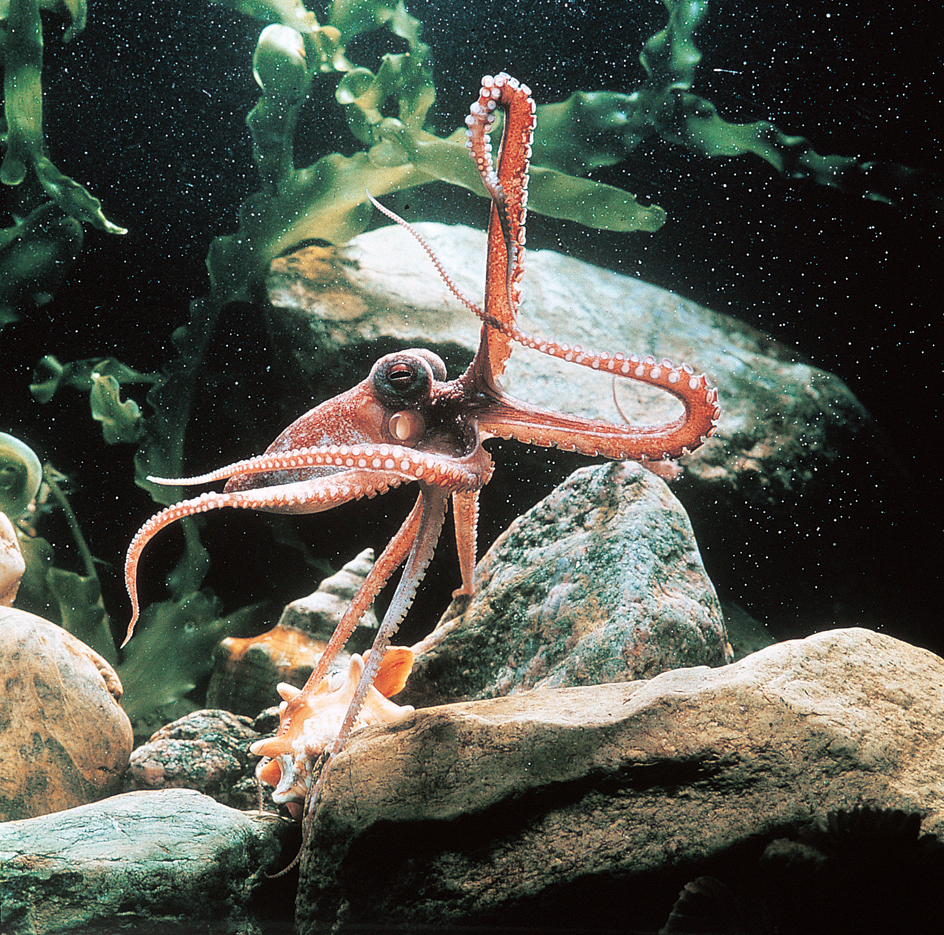
The mollusks make up a phylum (major division) of the animal kingdom. The scientific name of the phylum is Mollusca, a Latin word meaning soft-bodied. To learn where the phylum fits into the animal kingdom, see Animal (table: A classification of the animal kingdom)
There are seven classes (large groups) of mollusks. They are (1) gastropods << GAS truh pahdz >>, also known by the scientific name Gastropoda << gah STROP uh duh >>, (2) bivalves or Bivalvia << by VAL vee uh >>, (3) octopuses and squids, also called cephalopods << SEHF uh luh podz >> or Cephalopoda << sehf uh LOP uh duh >>, (4) tooth shells, also called tusk shells, scaphopods << SKAF uh podz >>, or Scaphopoda << skah FOP uh duh >>, (5) chitons << KY tuhnz >> or Polyplacophora << pah lee pluh KAHF uh ruh >>, (6) Monoplacophora << mon oh pluh KOF uh ruh >>, and (7) Aplacophora << ay plah KAHF uh ruh or ap luh KAHF uh ruh >>.
Gastropods
(Gastropoda), or snails, are the largest class of mollusks. They are also called univalves, because their shell is made of one valve or plate. They include limpets, slugs, and whelks.
The name Gastropoda is Greek and means stomach foot. Gastropods seem to crawl on their bellies. In reality, they use a large muscular organ called a foot that ripples and helps them to move forward. Many snails have two pairs of tentacles on their heads. One pair helps the animal to feel its way about. Each tentacle of the second pair may have an eye at its tip or base.
Gastropods eat plants, meat, or both. They have a radula, a hard ribbon of small teeth that works like a file to tear food. Plant eaters possess a broad radula with thousands of small teeth. Meat eaters have fewer teeth, but these are strong and sharp.
For protection, most snails can pull back into their shell. Many have a small, lidlike door called an operculum on the back of their foot. When they draw into their shell, the operculum closes over the shell opening.
Bivalves
(Bivalvia) form the second largest class of mollusks and include clams, oysters, mussels, scallops, and shipworms. All bivalves have a shell made up of two valves. A flexible tissue connects the valves, and toothlike hinges keep them aligned. When the animals are feeding or breathing, the valves separate slightly. When disturbed, bivalves use one or two strong muscles called adductor muscles to shut the valves tight. Scallops use a single large adductor muscle to quickly open and close their shell. This muscle is the part of the scallop that we eat. Scallops propel themselves through the water by rapidly opening and closing their shell.
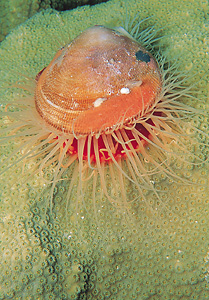
Bivalves use a strong, muscular foot to travel. Many bivalves employ their foot to poke through sand and anchor themselves. Some use their shells to burrow into wood or rock. The common ocean mussel attaches to hard surfaces with its byssal threads, strong protein strands made by a gland in its foot.
Bivalves have no head. They get oxygen and food through a muscular siphon (tube) at the back of their body. A second siphon releases waste. Bivalves feed on plankton by trapping it on their gills, then moving it to their mouths. Some bivalves have no gut and feed on chemicals found in ocean waters. The animals breathe by using gills to take oxygen from the water and release carbon dioxide back into the water.
Octopuses and squids
(Cephalopoda) are the most active, intelligent mollusks. The word Cephalopoda comes from Greek words meaning head and foot. Cephalopods have large, dome-shaped bodies that look like heads. The argonaut, cuttlefish, and nautilus belong to this group. All its members live in the ocean.
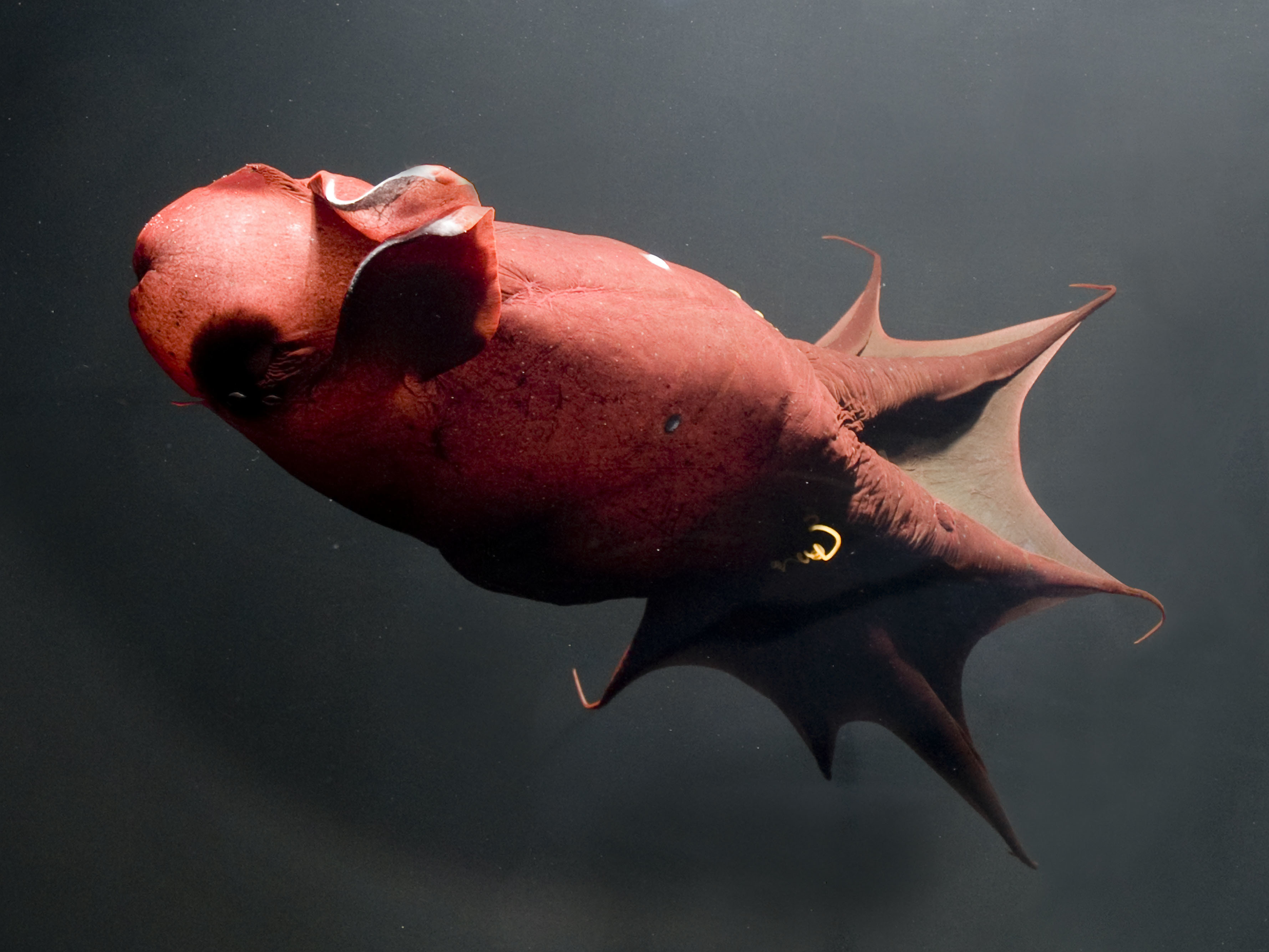
Octopuses have eight arms. Squids and cuttlefish have eight arms plus two tentacles that can be extended. The arms and tentacles help capture prey, usually crabs, shrimp, fish, clams, or snails. Beneath the body is a mouth with strong, sharp, beaklike jaws that crush and tear prey. Some cephalopods have a venomous bite.
Squids have a weak internal shell, and octopuses have no shell. The nautilus has a beautiful outer shell with small gas chambers, which enable it to hover in water.
Tooth shells
(Scaphopoda) have slender, curving, tusklike shells. The word Scaphopoda comes from the Greek for boat and foot. The pointed foot of these mollusks resembles a small boat. Tooth shells live in the ocean and burrow in sand or mud. The top of their shell sticks up into the water. They have no head or eyes. Their tentacles sweep small creatures into their mouth.
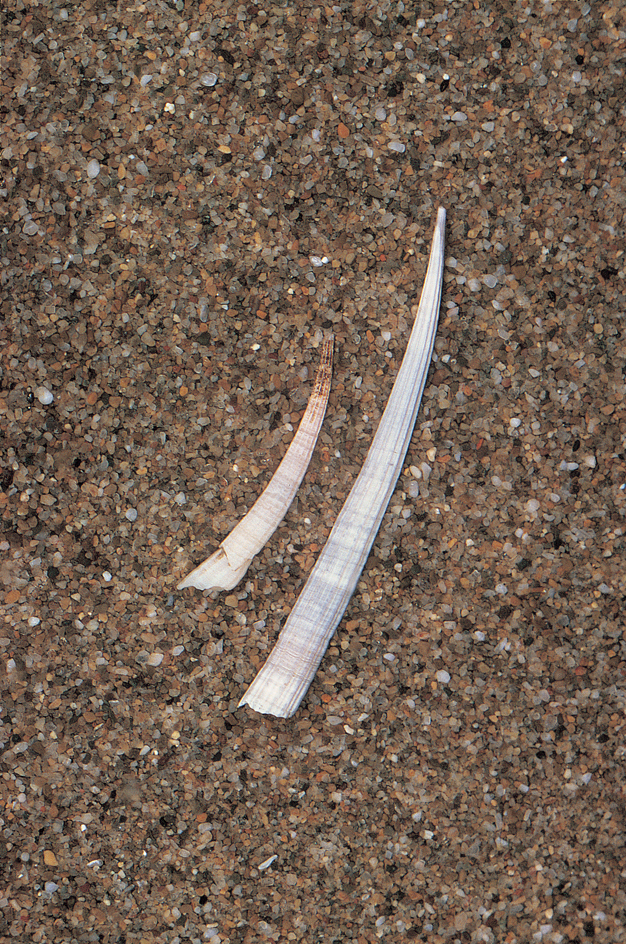
Chitons
(Polyplacophora) have flat, oval bodies covered by eight shell plates. A tough mantle, called a girdle, holds the plates in place. The name Polyplacophora comes from Greek words meaning many, plate, and bearer. Chitons have a large, flat, muscular foot. They can use the foot to travel, but usually cling to ocean rocks. If pried from a rock, a chiton curls into a ball. Chitons have a small head and mouth, but no eyes and no tentacles. Their long radula has many small teeth, which they use to scrape food, usually algae, from rocks.
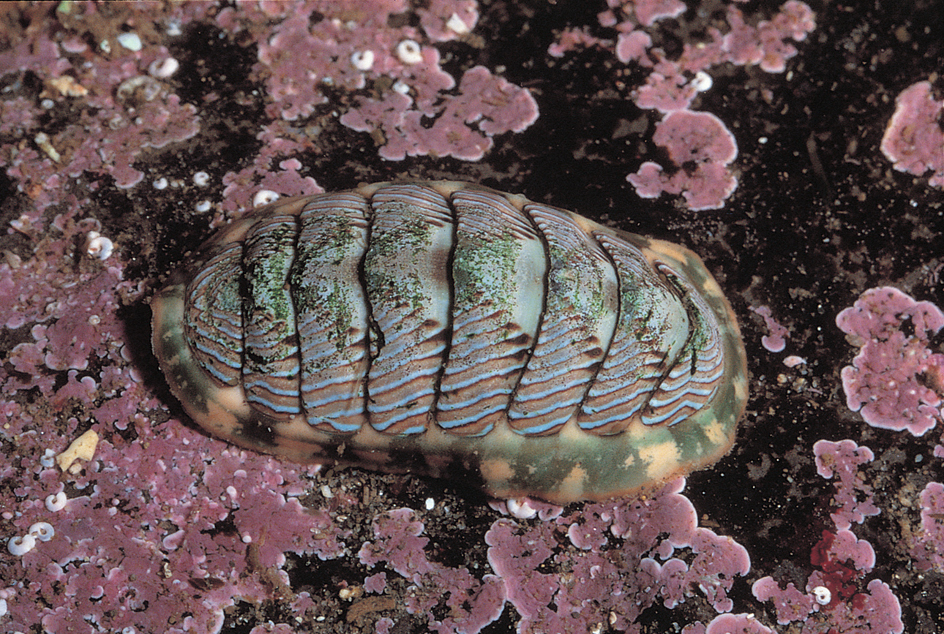
Monoplacophora
live deep in the ocean. Most are found as fossils. The name Monoplacophora comes from Greek words meaning single, plate, and bearer. The single plate of a monoplacophoran is nearly flat. Monoplacophora have several pairs of gills, six or more pairs of kidneys, and many nerve centers. They also have a radula. Little is known about their habits.
Aplacophora
Aplacophora are wormlike ocean mollusks. Most grow less than 1/4 inch (0.64 centimeter) long. The name Aplacophora comes from Greek words meaning no, plate, and bearer. Aplacophorans do not have a shell plate. The outer layer of their bodies is covered with small spines. These mollusks possess a small radula. Scientists have rarely had live aplacophorans to study.
